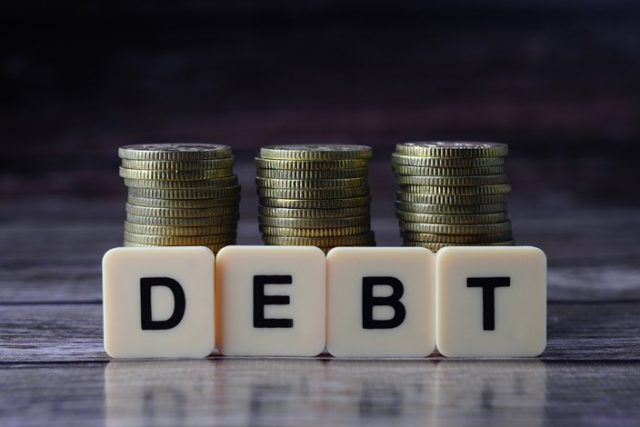As the proverb goes, “Better to go to bed hungry than to wake up in debt”. Many countries resort to foreign borrowing to maintain financial liquidity and stimulate growth. But, there is, however, a well-known problem with debts: borrowing money is easier than paying it back. Today, we are going to talk about the Top 10 Countries with Highest Debt-to-GDP Ratio 2021.
The debt-to-GDP ratio is the ratio of a country’s public debt to its gross domestic product (GDP). It is often expressed as a percentage and can also be interpreted as the number of years needed to pay back debt if GDP is dedicated entirely to debt repayment. The higher the debt-to-GDP ratio, the less likely the country will pay back its debt and might have to face a financial panic in the domestic and international markets. A study by the World Bank found that if the debt-to-GDP ratio of a country exceeds 77% for an extended period, it slows economic growth. Using the most recent data estimates from the International Monetary Fund’s (IMF) World Economic Outlook (October 2020), the following is a list of high in-debt countries of the world.
So, let’s begin!
Please watch the video till the end to know which country has the highest debt-to-GDP ratio.
10United Kingdom
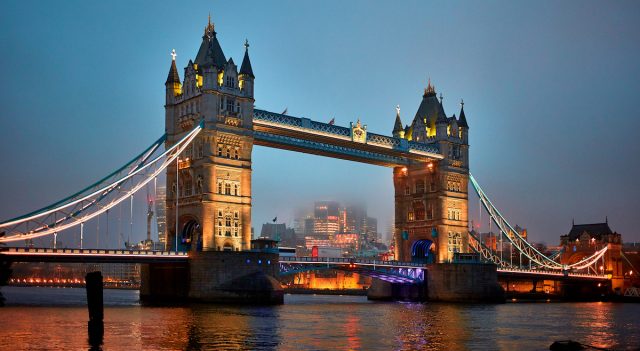
The United Kingdom is a state made up of the historic countries of England, Wales and Scotland, as well as Northern Ireland. It is known as the home of both modern parliamentary democracy and the Industrial Revolution. Since the financial crash in 2008, UK has only seen a rise in its debts. In addition, the global recession despite money-saving austerity measures put in place by the government, also added to the increasing debt burden of the country. Apart from this, the incoming of the coronavirus pandemic and lockdown measures resulted in putting the UK economy in flux. In fact, there is still a lot of financial instability which UK would have to face in future due to its dipping economy. Currently the UK’s national debt is estimated to be £2.2 trillion ($2.97 trillion), which is 98.15% of GDP.
9Zambia
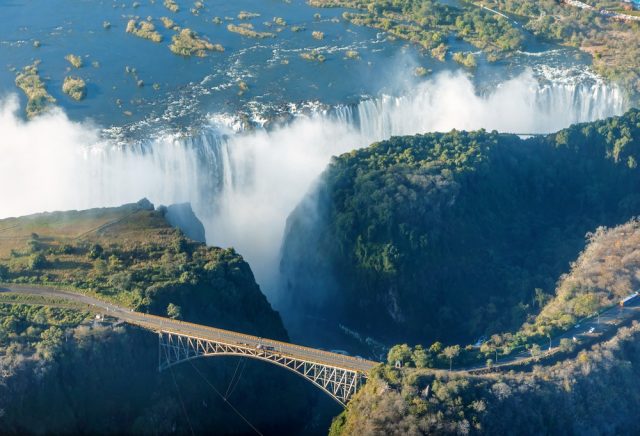
The land of the legendary African walking safari, Victoria Falls, the wild Zambezi River, abundant wildlife, and raw wilderness, Zambia is one blissful country. It is blessed with awe-inspiring natural wonders, an abundance of wildlife, huge water bodies and vast open spaces. Here, in the warm heart of Africa, one can find some of the finest Safari experiences on the planet, including face to face encounters with Nature at its most wild. But apart from being a nature’s bounty, Zambia also has debts bounty. In the recent years Zambia’s debt has gone up due to the poor economic management and alleged corruption on the part of Zambia’s president Edgar Lungu. In fact, in the year 2020 the debt was almost equal to the nation’s entire GDP. Also, China and Chinese institutions have lent the African country around $3 billion (£2.2bn), making up a quarter of its foreign debt. But as the COVID-19 pandemic brought the country’s copper production to a standstill, its borrowing habits were exposed as unsustainable. Zambia has been able to defer some of its debt payments because of the havoc caused by the coronavirus outbreak, but as its debts currently stand at 405.71 billion Zambian kwachas, the equivalent of $19.16 billion (£14.24bn), the country is on the brink of a debt crisis.
8Belgium
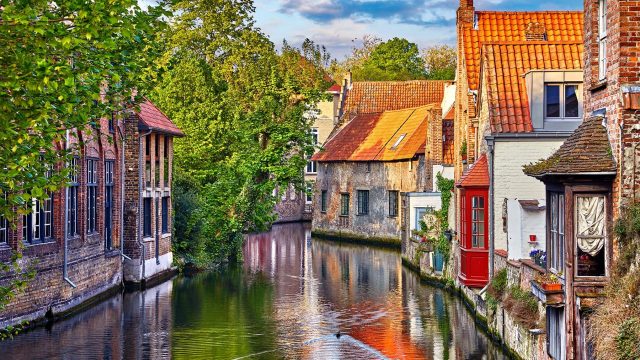
Despite its small size, Belgium is a must on every traveler’s bucket list. The tasty golden fries in paper cones with dipping sauces sold from carts all over the city, legendary Christmas markets along with the iconic breweries are one of the the major attractions of Belgium. It is sometimes also called the Bordeaux of beer. Belgium has two distinct and often competing regions. Wallonia is the French-speaking side, in the south. Flanders is the Dutch-speaking section in the north, which holds many famous cities including the capital, Brussels. Belgium has a rich history in the center of Western Europe as well as a booming contemporary culture. It sits comfortably as a progressive and popular country nestled in the heart of it all. But like many countries severely impacted by the 2008 financial crash, Belgium had no option but to help in bailing out some of Europe’s major banks. The Belgian economy was plunged back into crisis in 2020 thanks to the coronavirus pandemic and last year was the first time that the country’s debt exceeded €500 billion ($611bn/£459bn). It is currently estimated at €518 billion ($630bn/£477bn), which is 103.81% of GDP.
7United States
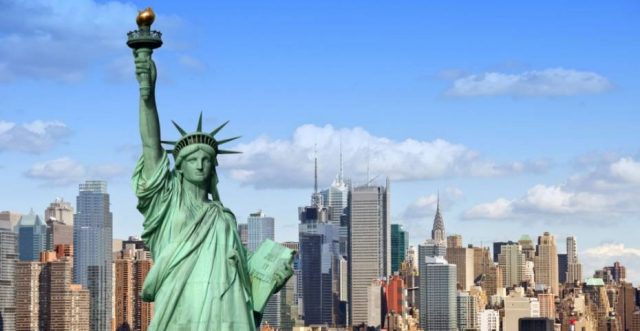
The United States of America is a North American nation that is the world’s most dominant economic and military power. Likewise, its cultural imprint spans the world, led in large part by its popular culture expressed in music, movies and television. The landscape varies across the large country from tropical beaches in Florida to peaks in the Rocky Mountains, from rolling prairie lands and barren deserts in the West to dense wilderness areas in the Northeast and Northwest. Interspersed throughout are the Great Lakes, the Grand Canyon, the majestic Yosemite Valley, and the mighty Mississippi River. Before the outbreak of COVID-19, the United States was enjoying its longest economic expansion on record, and the impact of the Great Recession between 2007 and 2009 was all but eradicated by 2014. The year 2020, however, was quite a different story, and the country recorded its steepest ever quarterly drop in economic output between April and June, according to the Bureau of Economic Analysis. National debt has also seen a sharp incline as a result – in 2018 and 2019, gross debt as a percentage of GDP was 83% and 84% respectively, but in 2020 it was estimated at 106.78%, which is equivalent to a staggering $27.29 trillion (£20.7tn).
6Spain

With its sunny climate and thousands of years of history and colorful culture, Spain is a dream travel destination for many. It has vast landscapes, world-famous coastline and wide stretches of mountain ranges. Spain is referred to as “Las Españas” (The Spains) as it is made up of numerous regions with their own unique cultures. After France, Spain is the second most visited country in the world. It receives over 80 million visitors each year as it has a wealth of alluring places to visit. Since 2009, Spain has been part of the EU’s Excessive Deficit Procedure, which means that the EU has been keeping tabs on its economy to ensure it manages its budget responsibly. Last year, Spain was able to exit the programme after successfully reducing its deficit (the difference between a government’s expenses and its revenues), although it still had debts of €1.19 trillion ($1.4tn/£1.1tn), and the country marked its fifth consecutive year of growth. Spain’s progress may be entirely unravelled by the coronavirus pandemic however, as spending increased significantly and the country’s debt rose to a new record high in June. As of October 2020, Spain had accrued debts worth €1.3 trillion ($1.6tn/£1.2tn), which is equivalent to 106.91% of GDP.
5France

France is home to some of the most beautiful cities, towns and countrysides on the globe. The historic boulevards of Paris, the fashionable sweep of La Croisette in Cannes and the rolling lavender fields and vineyards of Provence. France remains one of the world’s most enduring tourist destinations. With superb food, even better wine and landscapes and cities to satisfy every kind of traveler, it never disappoints. Following President Emmanuel Macron’s decision to increase public spending last year in response to the gilet jaunes (yellow vest) protests about high taxes and low living standards, France’s national debt was already on the rise. That increase soon became a mountain of debt when France became Europe’s largest spender when attempting to mitigate damage caused by coronavirus with additional borrowing, which included a €100 billion ($121bn/£91.8bn) stimulus package in September 2020. The move puts France among the top three European countries in terms of its gross debt, which is 110.01% of GDP, or €2.65 trillion ($3.2tn/£2.4tn)
4Portugal
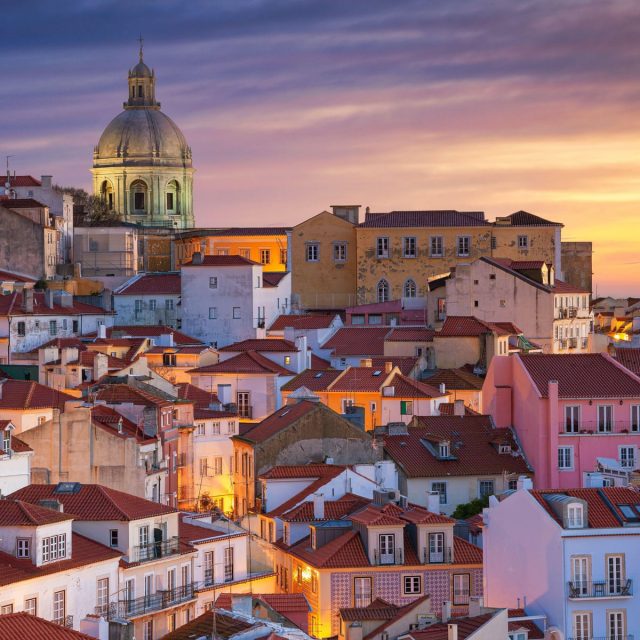
Portugal is one of the most desired and popular stops on the world famous “Eurotrip”. It is located on the western coast of the Iberian Peninsula and there are many places to visit in Portugal that you must check out on your trip. The topography ranges from mountains and vineyards in the north to the farmlands and medieval villages in the Central region and the fabulous beaches along the Southern coastline, everything you might ever desire on your blissful vacay. The EU had to bail out Portugal during the country’s long-standing financial crisis in 2011, but the cash injection prompted its economy to grow at its fastest rate in 20 years in the following decade. The country was making a strong economic comeback and in 2019 was able to announce its first budget surplus in 45 years. However, Portugal still had high public debts of 111.35% of GDP that year. As a country heavily dependent on its tourist industry, Portugal’s economy has been adversely affected by the coronavirus pandemic, and by October 2020 its GDP was 5.8% lower than at the same time in 2019. The nation’s debts have also grown, ballooning to an estimated 130.27% of GDP in 2020. That’s the equivalent of €266 billion ($323bn/£244bn).
3Italy

Italy is one of the most popular vacation destinations in the world, and it’s no wonder. Famed for a number of things, these places offer a delightful getaway for everyone. From its immaculate art galleries to its ancient ruins and the mouthwatering pizzas to the delicious wines of Tuscany, Italy never fails in leaving the tourists spoilt for choice. But when it comes to economic performance Italy has consistently underachieved over the past two decades. This has resulted in limited growth, scant resources to deal with the impacts of climate change such as Venice’s flooding problems, and difficulty in funding the country’s expensive pension system. Italy was at the epicentre of Europe’s initial coronavirus outbreak, and the country has seen its economy thrown into its worst recession since World War II as a result. As of 2020 Italy’s gross public debt was estimated to be an enormous 148.84% of GDP at €2.6 trillion ($3.2tn/£2.4tn). This figure is only set to grow as the country will receive a total of €209 billion ($254bn/£192bn) in loans and grants from the European Union’s Recovery Fund over the next three years as it seeks to recover from the devastation caused by the pandemic.
2Lebanon
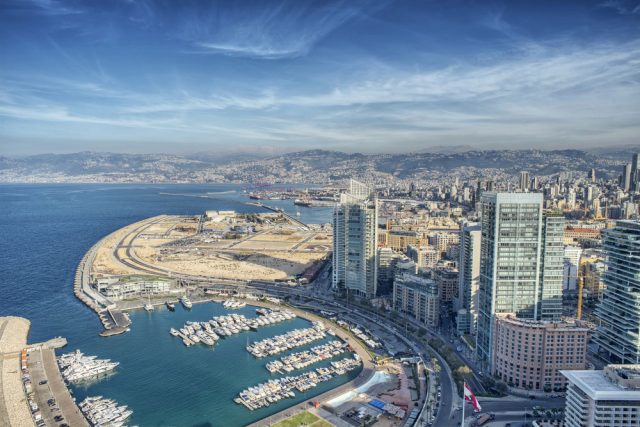
Also known as the “Paris of East”, there are many places to visit in Lebanon offering you a peaceful, dreamy yet adventurous senses. The country is characterized by its dramatic coastline, lip-smacking cuisine, affable inhabitants, and DJs. Although the country is small in size, it caters to 5 UNESCO World Heritage Sites. It is a country of many landmarks, be it sightseeing or just a casual pleasing vacation and it also has a little something for nature lovers. This majestic country accumulated an abundance of debt following the 1975-1990 civil war, which many blame on successive governments’ mishandling of the country’s finances, including prioritizing amassing personal wealth over solving nationwide issues, such as daily power cuts and a lack of safe drinking water. The country was in a vicious cycle of debt, with the government spending half of its revenues just on paying off interest from loans. The financial situation in Lebanon crippled further not only by the COVID-19 outbreak, but also by the devastating explosion in Beirut in August, which killed more than 200 people and caused more than $15 billion-worth (£11.3bn) of damage to the city’s infrastructure. Needless to say, Lebanon finds itself in a deep economic crisis, with national debt at a total of 160.8 trillion Lebanese pounds ($105.9bn/£79.8bn) or 167.21% of GDP.
1Japan

With the highest debt-to-GDP ratio of 177.08% in the world Japan is at the top of this list. Although it is a dream country for every traveler with the sacred Shinto shrines, magnificent Buddhist temples, bygone trade footpaths, spectacular landscaped gardens, eclectic themed pet cafes, etc. but it is also one of the highest indebted countries. In the late 1980s, Japan’s real estate and stock market prices were hugely inflated, and the resulting economic bubble burst in 1992, leading to a period of financial stagnation known as the ‘Lost Decade’. Japan has since grown into the world’s third-largest economy, but with the global financial crisis and a number of domestic catastrophes – including the 2011 earthquake and tsunami, which was the globe’s most expensive natural disaster, causing almost $325 billion-worth (£245bn) of damage – it has had little opportunity to quash its debts. Along with other Asian economies, Japan has led the so-called ‘Zoom boom’ as its economy quickly bounced back from the recession caused by the COVID-19 pandemic, with 5% growth in the third quarter of 2020. But this recent triumph is a drop in the ocean when it comes to the country’s astounding debt, and the knife-edge on which it leaves Japan’s economy.
Hope you enjoyed our listicle on Top 10 Countries with Highest Debt-to-GDP Ratio 2021. Tell us in the comments whether you found this video useful and do not forget to give this video a big thumbs up!
























